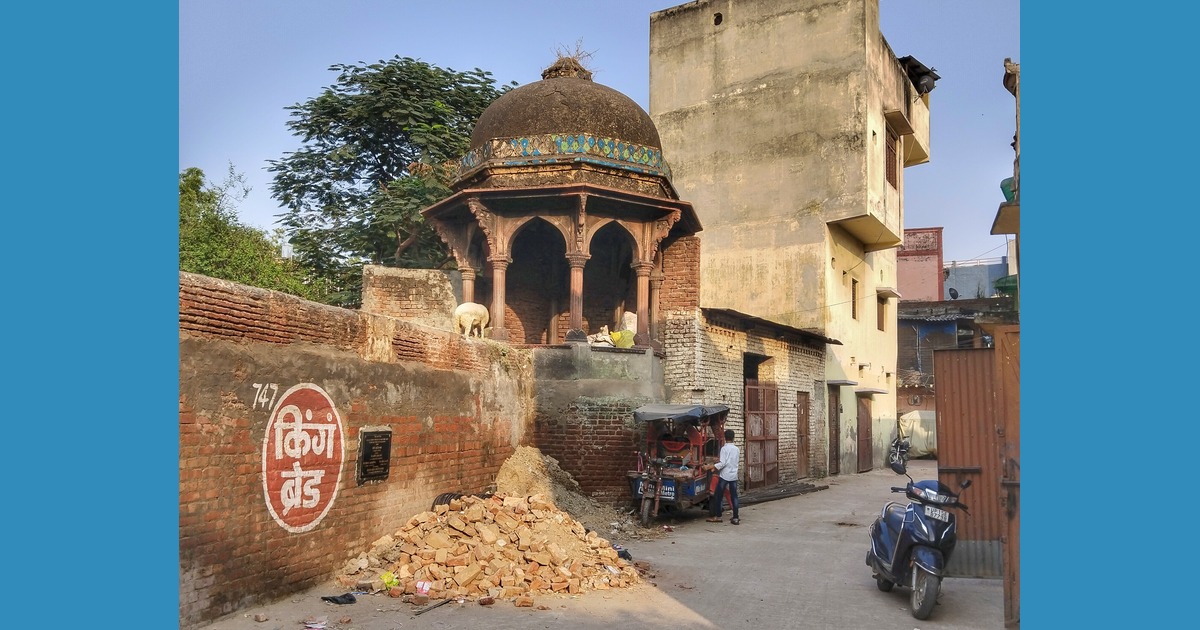
For the better part of the post-industrialisation era, nations were broadly categorised into three brackets -- developed nations, developing nations, and the third world. The divisions became even more nuanced after World War II when the world became bipolar with the United States and the Soviet Union emerging as the two power blocs.
However, with the passage of time, the Berlin Wall fell and subsequently, the Soviet Union disintegrated, leaving the world unipolar with the United States asserting a global power status.
Three decades hence, much has changed. Today, we live in a multi-polar world. While the United States continues to remain a dominant force, regional powers have emerged across Asia and Europe, making geopolitics as complex as ever.
It is in this context that a new global power has risen. To quote renowned journalist Fareed Zakaria, a sleeping giant has woken up -- India.
Cementing its presence on every front, India is today a force to be reckoned with. With robust macroeconomic growth, brute military strength, and a soft power second to none, India remains a bright spot in the face of global uncertainties.
A seat at the high table
Cut to 2022: It’s the last week of February and Russia has just invaded Ukraine. Ambassadors, diplomats, and foreign ministers from nations on both sides -- pro-Russia and pro-Ukraine -- are flying down to New Delhi.
What are they seeking? They just want to know where India stands, and make sure that the fifth-largest economy in the world is on their side. Never in our memories, we could think of a time when India’s stance was so important for the world.
As our foreign minister Dr S Jaishankar succinctly puts, “India is not just a part of the discourse, India is shaping it.” About two-and-a-half years into the war, India has shown the world a new approach to diplomacy -- moving from non-alignment to multi-alignment.
The US calls us a "strategic partner" and Russians stand with us as our “all-weather friends”. Even the former Prime Minister of our next-door neighbour (the one with a high nuisance value) hailed our foreign diplomacy and even played a clip of our foreign minister in his election rally.
Today, we aren’t afraid to call the spade a spade -- who can forget Dr Jaishankar’s retort in the West on purchasing Russian oil? At the same time, our Prime Minister can look the Russian President in the eye and tell him -- “this is not an era of war”.
In fact, Prime Minister Narendra Modi's words became so iconic that even the West has been quoting him at every global platform ever since. After our PM’s recent Russia visit, the US even urged India to use its ties with Russia to resolve the Ukraine war.
If there were any doubts about our weight in the world of geopolitics, the G20 meetings held across India in 2023 removed them all. A joint declaration in times when Russia-Ukraine has divided the world into two factions and the long-impending inclusion of the African Union in the G20 were no ordinary achievements. Today, the US and several other nations of the West are looking towards India for solutions to global challenges – a scenario unfathomable just a few decades ago.
Growth engine of the world
The UK, France, and Germany are going through a cost-of-living crisis. Japan is dealing with a decline in domestic demand. China remains a manufacturing Goliath but the Communist nation has been missing its growth expectation targets since the pandemic. The mighty Uncle Sam is also witnessing high inflation due to the country’s high social security receipt and pandemic dole-outs. However, in stark contrast, Bharat has posted two successive financial quarters of over 8% growth.
Heavy government spending on capex, accompanied by FDI inflows and a focus on manufacturing, has been working out pretty well for the Indian economy. Additionally, India’s inclusion in the JPMorgan Emerging Market Index is set to bring in more foreign investment and eventually reduce the cost of our borrowings. In this case, the Central government will be in a better position to bring down the country’s fiscal deficit -- a parameter not just great for public expenditure but also significant for private borrowings.
As per all estimates of the world’s major financial institutions, India will continue growing at over 7%, and overtake the German and Japanese economies by 2028. With this, India will become the third largest economy in the world -- a feat we have already achieved in purchasing power parity terms.
‘India lights up the dark side’
We reached the dark side of the moon, we won the T20 World Cup, we were among the first to send our relief teams to Turkiye after a devastating earthquake, we sent vaccines to dozens of nations who couldn’t afford it, we rescued foreign students who were stuck in foreign lands during wars or violence, we have one of the most advanced digital payment infrastructure in the world -- the list is exhaustive.
Does that mean we have bounced over all domestic problems? No, far from it. From multi-dimensional poverty to corruption and from ethnic violence to communal discord, we have a long way to go. But nothing will stop us from getting bigger, better, and bolder.
Popular Categories
Read More Articles
Travel and Tourism
Meerut’s vanishing heritage: Why its mughal treasures are crumbling away by Mohammed M. Raza November 19, 2025Business
Hafele Valeriya Dishwasher: The New Standard in Kitchen Hygiene by Awadh 360° Desk November 14, 2025Entertainment
Banaras gave me the notes, Bhatkhande polished them: Bhojpuri singer Sarita Tiwari by Awadh 360° Desk November 10, 2025Travel and Tourism
Statue of Unity Sets New Tourist Footfall Record as PM Modi Hails Vallabhbhai Patel's Legacy by Awadh 360° Desk October 31, 2025



